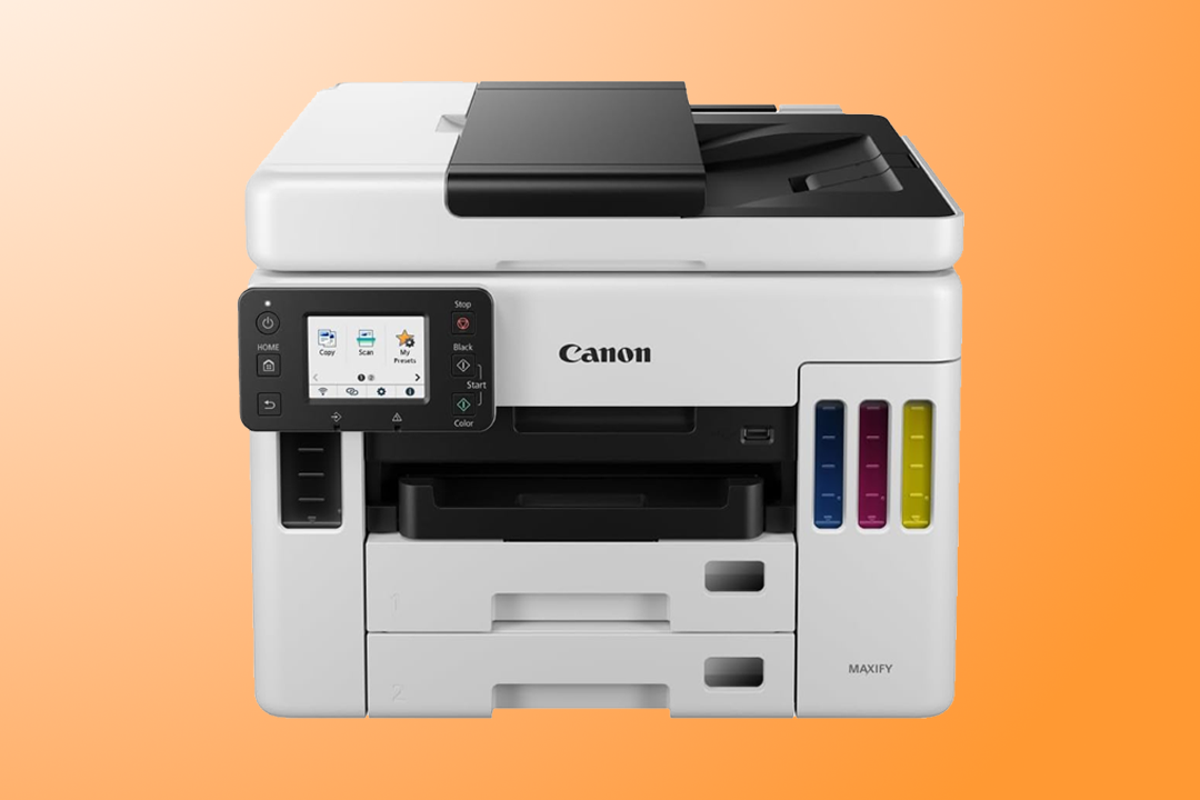Enhancing Transparency from Retail Businesses for Better Customer Trust

Key Takeaways

- Transparency is Essential: In today’s retail environment, providing clear information about product origins and practices is crucial for building customer trust and satisfaction.
- Trust and Loyalty: Open communication about pricing and sourcing fosters a deeper connection with customers, leading to increased brand loyalty and repeat business.
- Current Trends: Retailers should embrace eco-friendly practices and supply chain visibility to meet consumer demands for sustainable options and ethical transparency.
- Navigating Challenges: Retail businesses face hurdles such as data privacy concerns and regulatory compliance, making it important to balance transparency with legal requirements.
- Implement Best Practices: Utilize open communication and technology to share relevant product information, engage with customers, and enhance overall transparency in retail operations.
In today’s fast-paced retail landscape, transparency isn’t just a buzzword; it’s a necessity. Shoppers are more informed than ever, seeking clarity about where their products come from and how they’re made. As a consumer, your expectations have evolved, and you want to trust the brands you support.
Retail businesses that embrace transparency not only build stronger relationships with their customers but also foster loyalty and credibility. By sharing information about sourcing practices, pricing, and sustainability efforts, these companies empower you to make informed choices. So, let’s dive into why transparency matters in retail and how it can reshape your shopping experience for the better.
Importance Of Transparency From Retail Businesses

Transparency is crucial for retail businesses, especially small ones. When you provide clear information about your products and practices, you enhance customer satisfaction and drive sales.
Building Consumer Trust
Building consumer trust starts with openness. When you share details about your product origins and manufacturing processes, buyers feel more connected to your storefront. For instance, if you disclose sourcing information or highlight sustainable practices, customers perceive your business as reliable. Transparency reduces skepticism and fosters confidence, encouraging repeat purchases and referrals.
Enhancing Brand Loyalty
Enhancing brand loyalty becomes achievable through transparent communication. When your retail business openly discusses pricing structures and transparency policies, customers appreciate the honesty. This practice cultivates a loyal customer base, as consumers tend to support brands that align with their values. For example, when you share your commitment to ethical sourcing, customers resonate with your mission and become brand advocates.
Current Trends In Retail Transparency

Retail transparency is crucial for attracting and retaining customers, especially for small businesses. You need to adopt trends that demonstrate your commitment to clarity and ethical practices.
Eco-Friendly Practices
Eco-friendly practices are gaining traction among consumers seeking sustainable options. Small businesses can enhance transparency by showcasing their environmentally conscious efforts, such as using recyclable materials or sourcing products from sustainable suppliers. Promoting these initiatives on your storefront or website can help build customer loyalty as consumers increasingly prioritize brands that align with their values.
Supply Chain Visibility
Supply chain visibility is another key trend in retail transparency. Customers want to know where their products come from and the processes involved. For small businesses, providing detailed information about your supply chain establishes trust. You can share stories about local suppliers or ethical sourcing practices, allowing customers to connect with your brand on a deeper level. Transparency in your supply chain not only enhances credibility but also differentiates your business in a competitive market.
Challenges To Achieving Transparency

Achieving transparency in retail presents several challenges, especially for small businesses. Understanding these hurdles can help you navigate the complexities of maintaining an open and trustworthy storefront.
Data Privacy Concerns
Data privacy poses a significant challenge for retail businesses. Customers increasingly expect protection for their personal information, making it essential for you to implement robust data security measures. When sharing information about sourcing and processes, balancing transparency and privacy is crucial. You must ensure that you comply with privacy laws while giving customers the insights they seek, avoiding breaches that could damage trust.
Regulatory Compliance
Regulatory compliance adds another layer of complexity to transparency. Small businesses must adhere to various laws and regulations related to consumer rights and product information. Staying informed about these regulations is imperative, as non-compliance can result in legal penalties and loss of consumer confidence. Maintaining transparency while meeting the necessary requirements often requires additional resources and expertise. By prioritizing compliance, you establish a trustworthy presence in the retail market.
Best Practices For Retail Businesses

Transparency in retail is essential for building trust and loyalty among customers. Implementing best practices can enhance your small business’s credibility and strengthen customer relationships.
Open Communication Strategies
Utilizing open communication strategies helps you engage directly with customers. Share information about product sourcing, manufacturing processes, and pricing structures. Encourage feedback and respond promptly to inquiries, showing customers that you value their opinions. Hosting Q&A sessions or live demonstrations in your storefront can foster deeper connections. Regularly update customers on any changes or initiatives, ensuring they always feel informed about your business.
Utilizing Technology For Transparency
Leverage technology to streamline transparency. Use your website or social media platforms to provide detailed product information, including origin stories and sustainable practices. Implement RFID tags or QR codes on products, allowing customers to scan and access detailed supply chain data. Consider using customer relationship management (CRM) systems for personalized communications that share relevant details. Online chat features can facilitate real-time conversations, addressing customer queries instantly and enhancing trust in your retail operations.
Conclusion

Embracing transparency in retail is no longer optional; it’s essential for building trust and loyalty. When you share insights about your products and practices, you create a stronger connection with your customers. This openness not only enhances their shopping experience but also positions your brand as a reliable choice in a crowded market.
Navigating the challenges of transparency can seem daunting, but the rewards are significant. By prioritizing clear communication and ethical practices, you can differentiate your business and attract a loyal customer base. As you move forward, remember that transparency is a journey that can lead to lasting relationships and sustainable success.
Frequently Asked Questions

Why is transparency important in the retail industry?
Transparency is crucial in retail as it builds trust, strengthens customer relationships, and enhances brand credibility. Modern consumers want to know product origins and manufacturing processes. By openly sharing this information, retailers can help customers make informed decisions, leading to greater satisfaction and loyalty.
How can small businesses benefit from transparency?
Small businesses can differentiate themselves in a competitive market by prioritizing transparency. By showcasing their sustainable practices, sharing supply chain stories, and being open about pricing, they can attract and retain customers who value ethical sourcing and transparency.
What are some current trends in retail transparency?
Current trends in retail transparency include an increasing demand for eco-friendly practices and visibility into supply chains. Consumers want to know the environmental impact of their purchases and the origins of products, prompting retailers to showcase sustainable efforts and responsible sourcing.
What challenges do retail businesses face in achieving transparency?
Retail businesses, especially small ones, face challenges like data privacy concerns and regulatory compliance. Balancing customer information protection with the need for transparency is vital. Non-compliance with consumer rights laws can harm reputation and lead to legal consequences.
What best practices can enhance transparency in retail?
Best practices for enhancing transparency include open communication with customers, sharing information about sourcing and pricing, and encouraging feedback. Utilizing technology like websites for detailed product info, QR codes for supply chain access, and CRM systems for personalized interaction can also be effective.
Image Via Envato
This article, "Enhancing Transparency from Retail Businesses for Better Customer Trust" was first published on Small Business Trends
What's Your Reaction?
 Like
0
Like
0
 Dislike
0
Dislike
0
 Love
0
Love
0
 Funny
0
Funny
0
 Angry
0
Angry
0
 Sad
0
Sad
0
 Wow
0
Wow
0





























































































